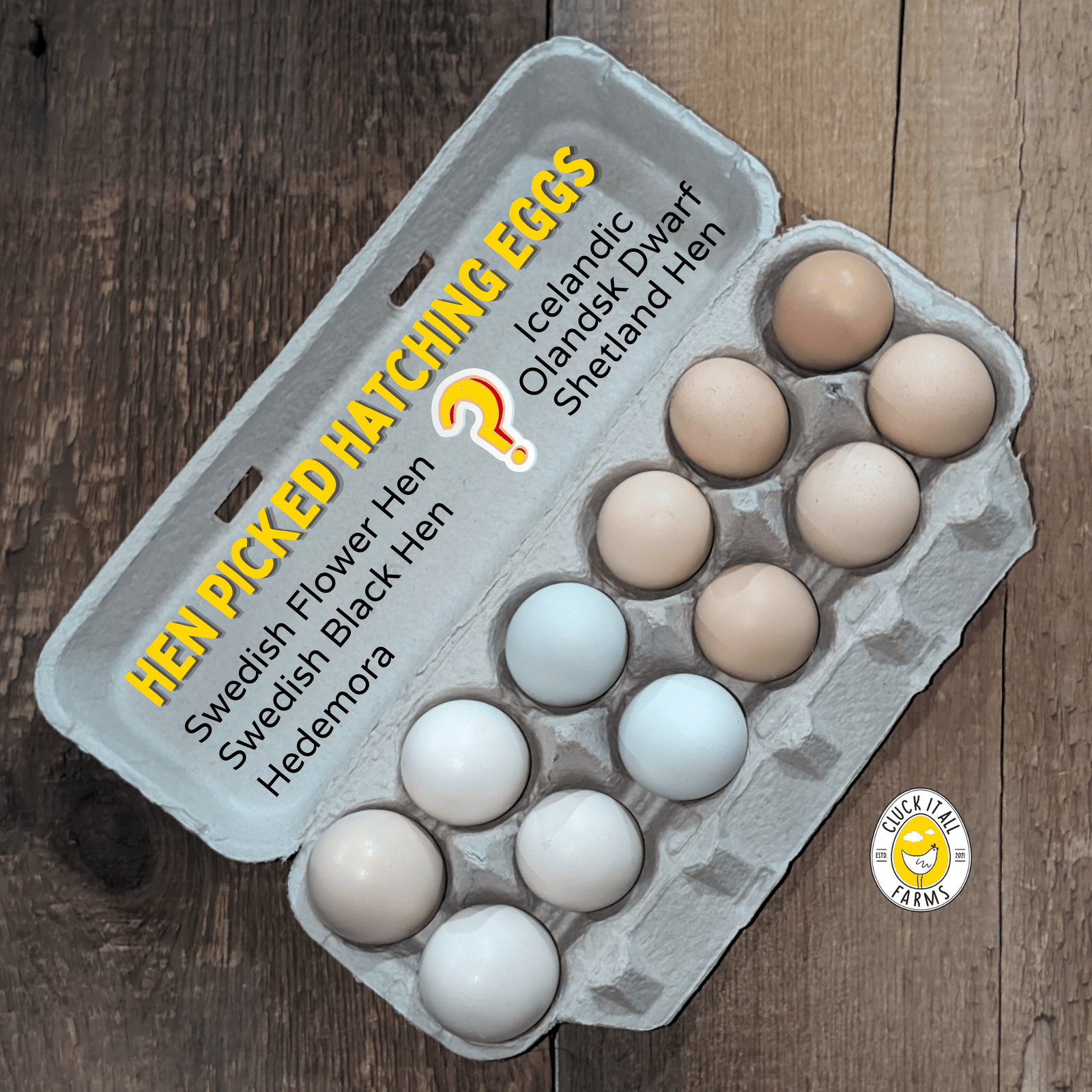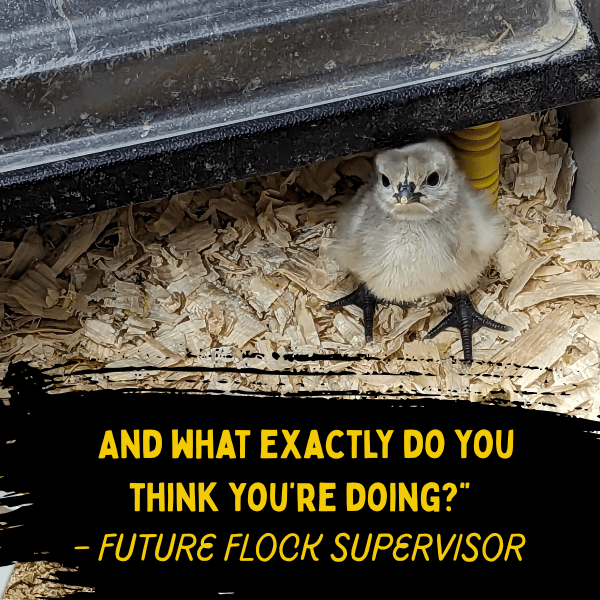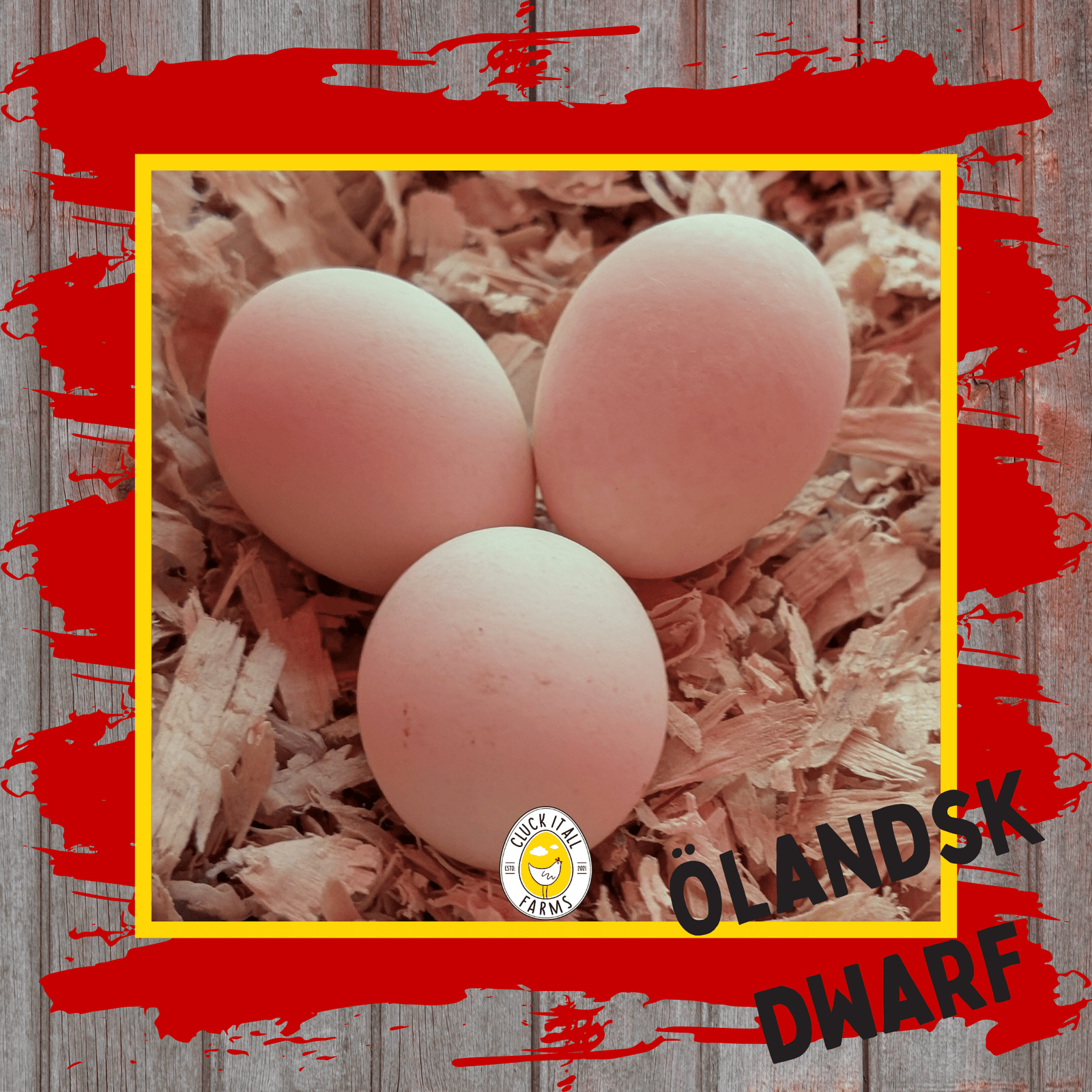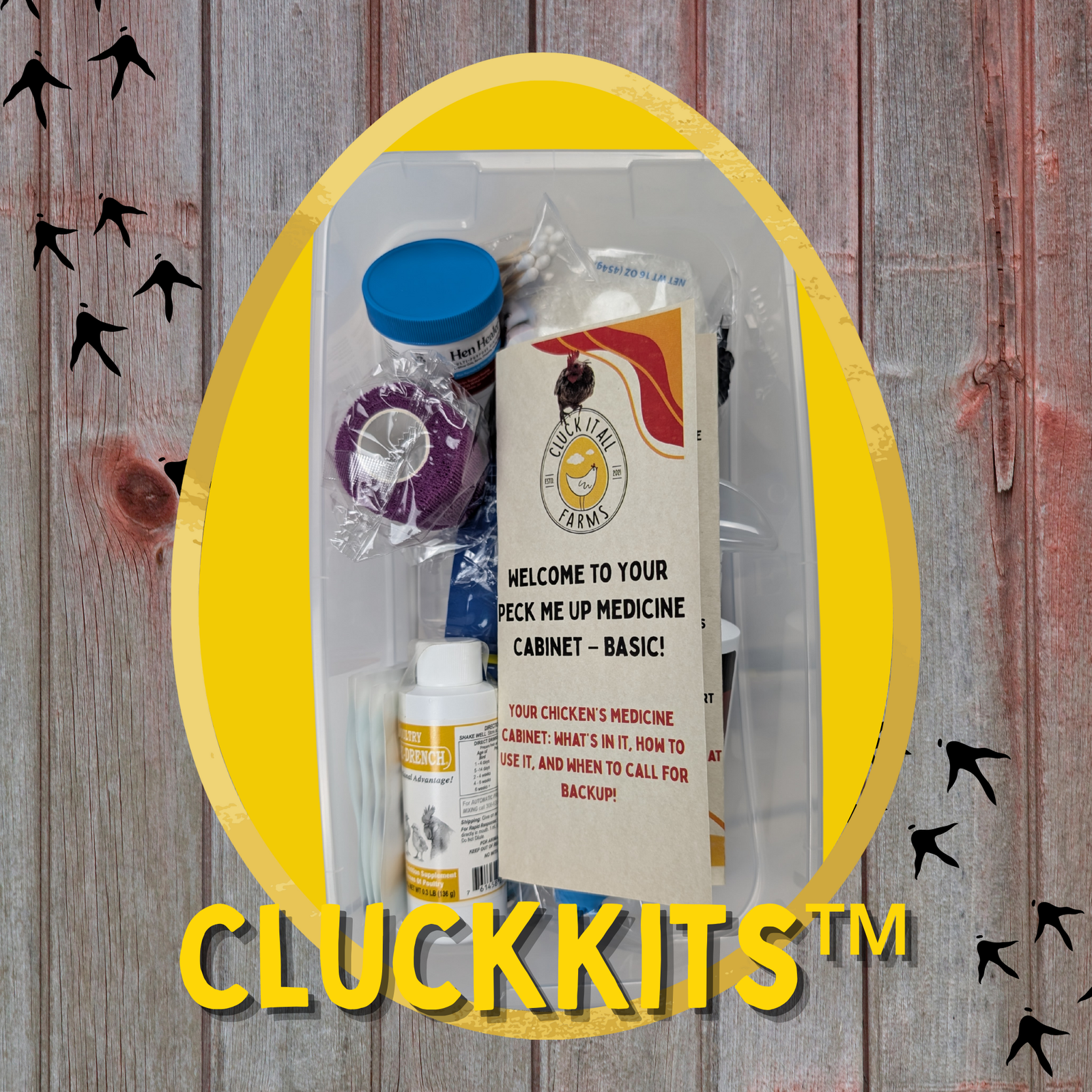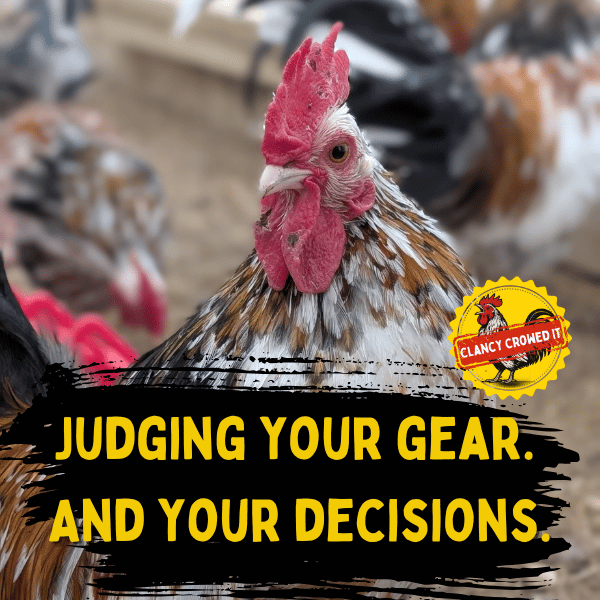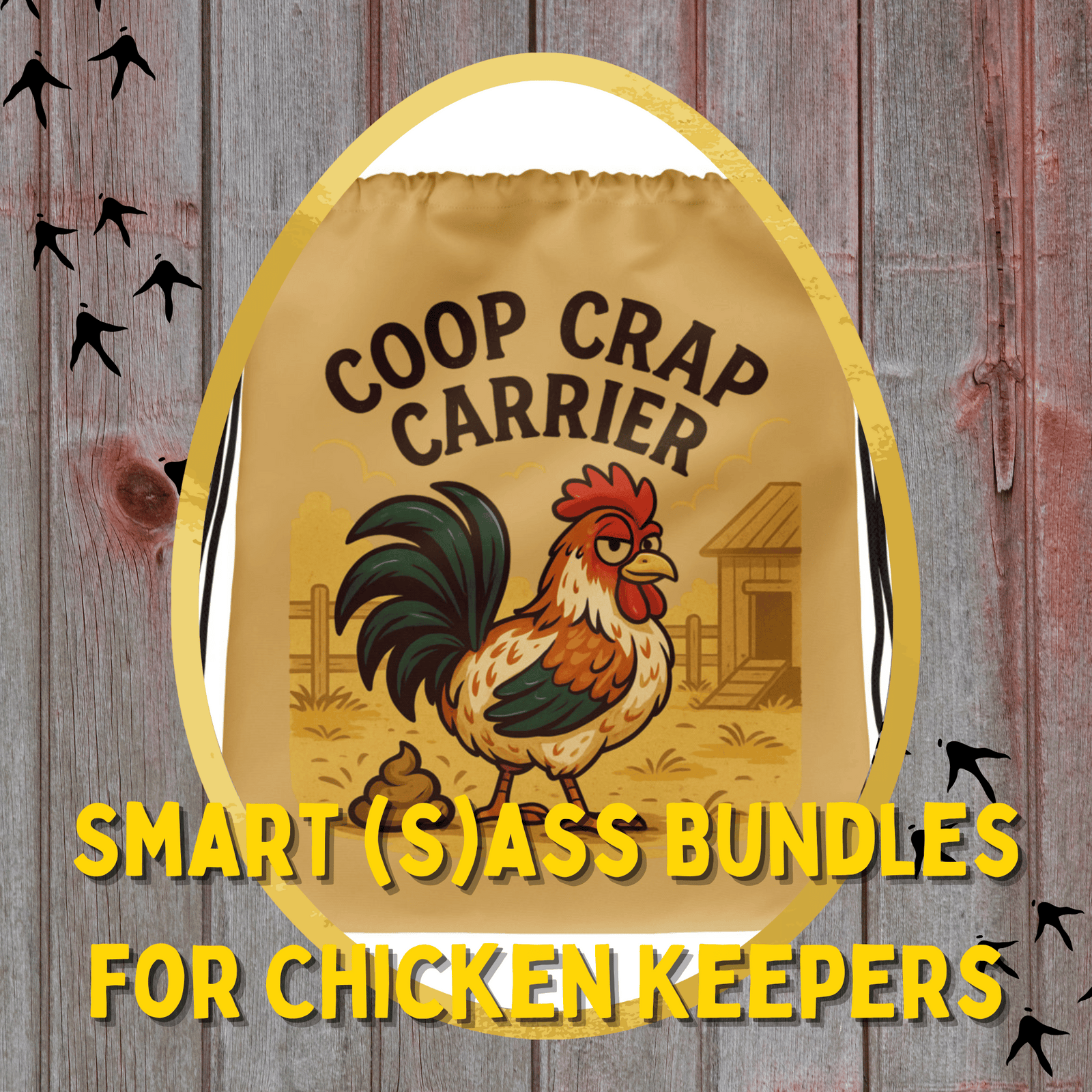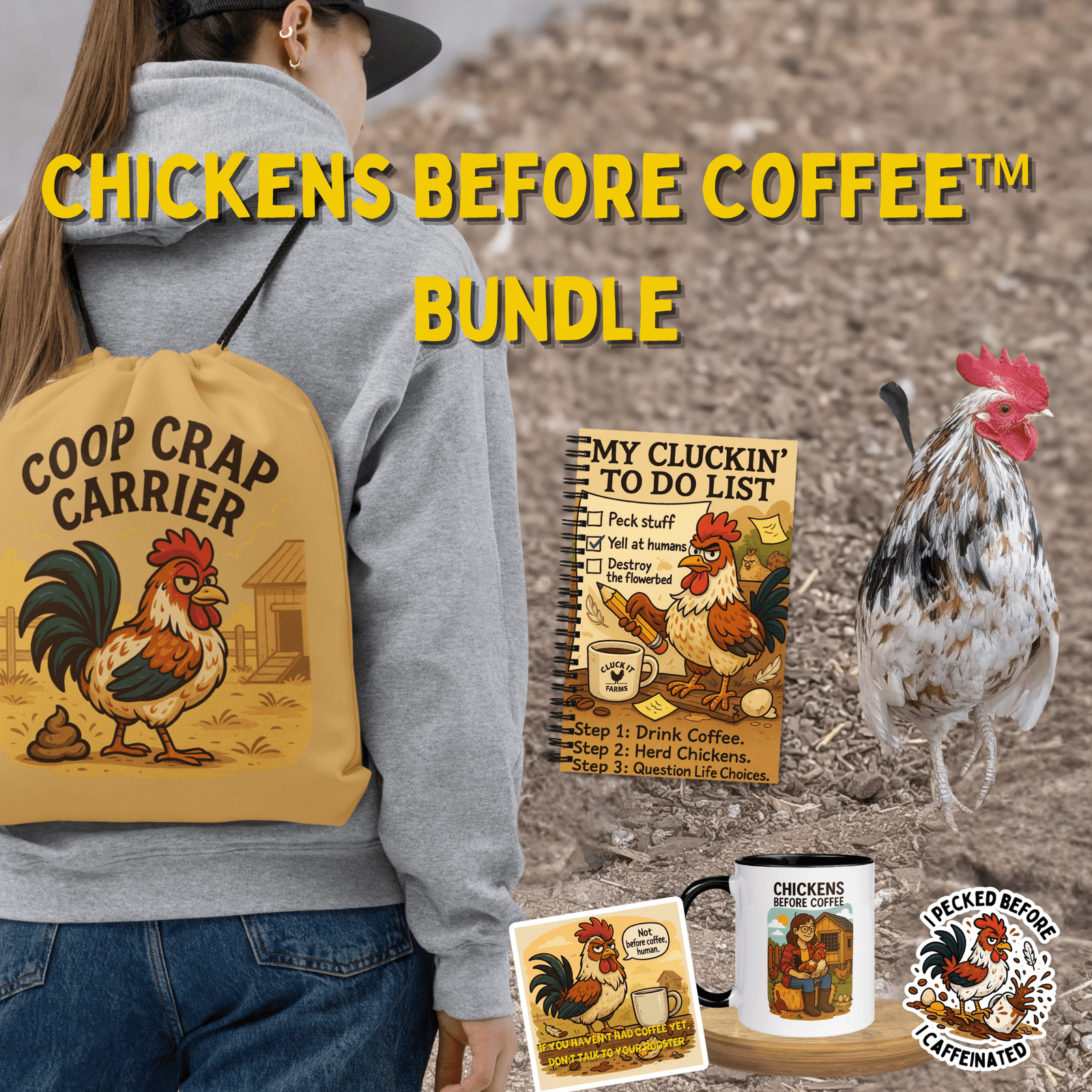If a chicken could read a weather report, it would be an Icelandic. These are the original “make it work” birds of the North Atlantic, a true landrace shaped by centuries of cold, scarcity, and small-farm reality. They’re alert, thrifty, and weirdly obsessed with compost piles (yes, really). In Iceland they’re called Íslenska landnámshænan, the “chicken of the settlers,” and also Haughænsni,“pile chickens”. because they love to work debris heaps for snacks like it’s their full-time job.
These birds aren’t a modern, standardized show breed. They’re a living, diverse population,kept for utility, not uniformity and DNA tests confirm they carry remarkably high genetic diversity compared to typical modern breeds.
🌍 Origins (Why They’re Built the Way They’re Built)
Icelandics arrived with Norse settlers roughly a thousand years ago and persisted as the island’s farm chicken for centuries. After crossings with commercial strains in the 1930s threatened the landrace, conservation efforts in the 1970s safeguarded remaining pure lines, which later spread to other countries (including the U.S.). They remain rare outside Iceland—and deeply worth preserving.
🐓 What Icelandics Look Like
Short version: there’s no single “Icelandic look.” That’s the point of a landrace—function over uniform plumage,but there are real guardrails.
Body & Size
-
Cocks: about 4½–5¼ lb
-
Hens: about 3–3½ lb
Light frames, athletic movers, small carcass weight, great flavor when stewed low and slow.
Combs
-
Allowed: single, rose, pea, and combinations
-
Our selection note: We breed for a northern climate, so we favor smaller combs to reduce frostbite risk while keeping true to landrace diversity.
Crests, Beards & Legs
-
Icelandics have small feather crests.
-
No leg feathering, no muff/beard/ear tufts. Those are not Icelandic traits.
-
Leg colors vary.
Plumage
-
“Visual kaleidoscope” is accurate: every color/pattern under the northern sun can show up. That variability is expected and protected.

🥚 Eggs, Broodiness & Use
Icelandics aren’t industrial layers, but for a feed-thrifty homestead bird, production is very good and often holds in winter. Eggs are white to cream, medium-ish; hens lay over long lifetimes, and some hens in every flock will go broody and make excellent mothers.
😌 Temperament & Daily Life
-
Alert and quick to react (but not predator-proof, secure housing still matters).
-
Exceptional foragers, especially on manure/compost piles.This is literally in their nickname.
-
Capable flyers that like to roost high.
-
Generally friendly and trusting when raised with calm handling.

🏷️ Listed by The Livestock Conservancy
Icelandic chickens are officially recognized by The Livestock Conservancy as a heritage landrace on the Conservancy’s Conservation Priority List with a Threatened status. In plain English: they’re rare enough to need active, coordinated stewardship to keep their genetics and history intact.
What that means for us:
-
We preserve function first (forage drive, winter-capable laying, durable health).
-
We maintain diversity (multiple plumage and comb expressions) while, in our northern program, favoring smaller combs to reduce frostbite risk.
-
We avoid narrowing the population to “one look.” Icelandics are useful because they’re diverse.
If you’re keeping Icelandics, you’re not just raising pretty birds, you’re helping keep a thousand-year-old farm chicken alive and working.
🧪 Why We Preserve Icelandics (and How)
-
Genetic diversity: verified by DNA work; this isn’t a narrow show line.
-
Self-sufficiency: strong forage drive, durable health, winter-capable laying.
-
Cultural value: a millennia-old farm bird still doing the job.
Our program:
-
Keep multiple comb types in the population, but select smaller combs for winter hardiness in NW Ohio.
-
No selection for muffs/beards/leg feathering.Those are disqualifiers for authenticity.
-
Prioritize behavior, health, and production over color.
🧠 Keeper Tips (Clancy-Approved)
-
Space > snacks. Let them work pasture, leaves, and compost; they’ll pay you back in eggs and bug control.
-
Secure nights. They’re clever, not invincible, lockdown matters.
-
Perches up high. They like height; give them sturdy, elevated roosts.
-
Winter note: Favor smaller combs in breeding (your eggs will thank you in January).

🧻 TL;DR
-
Ancient Icelandic landrace, not a standardized show breed.
-
Eggs: white-to-cream, good winter production.
-
Build: cocks 4½–5¼ lb; hens 3–3½ lb.
-
Combs: single/rose/pea/combos. We select smaller combs for northern frost.
-
Traits: alert, thrifty foragers; love compost; can fly/roost high.
-
No muffs/beards/leg feathering; some crests OK.
-
Why preserve: diversity, self-sufficiency, history.

